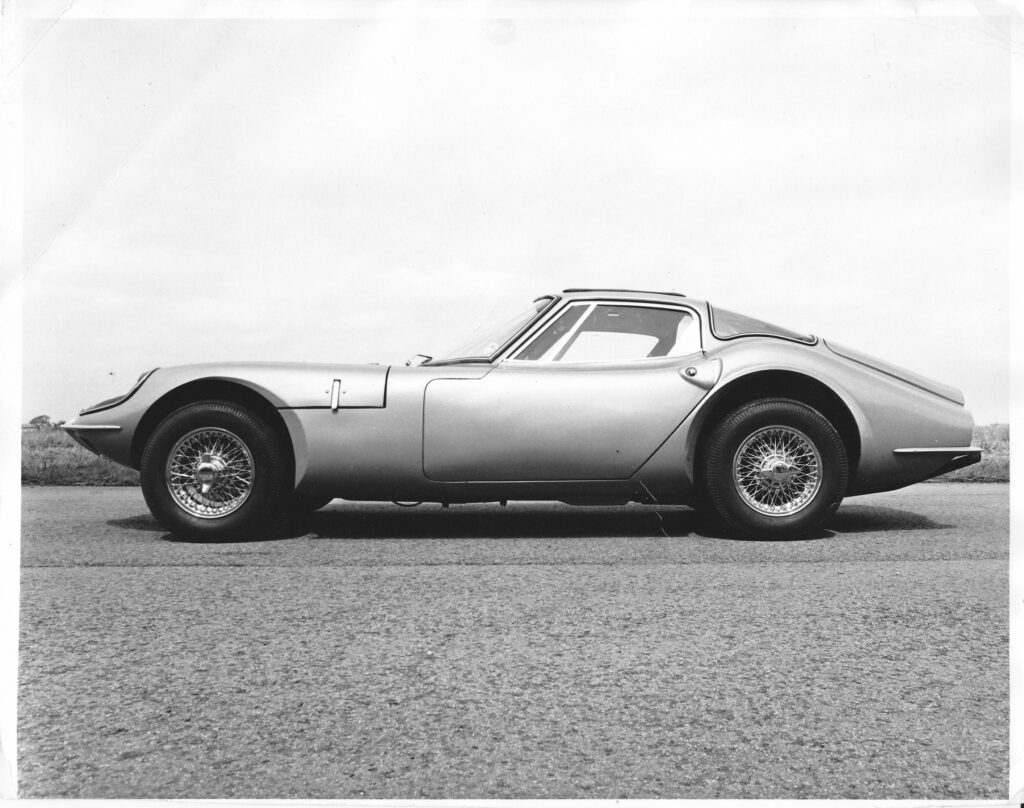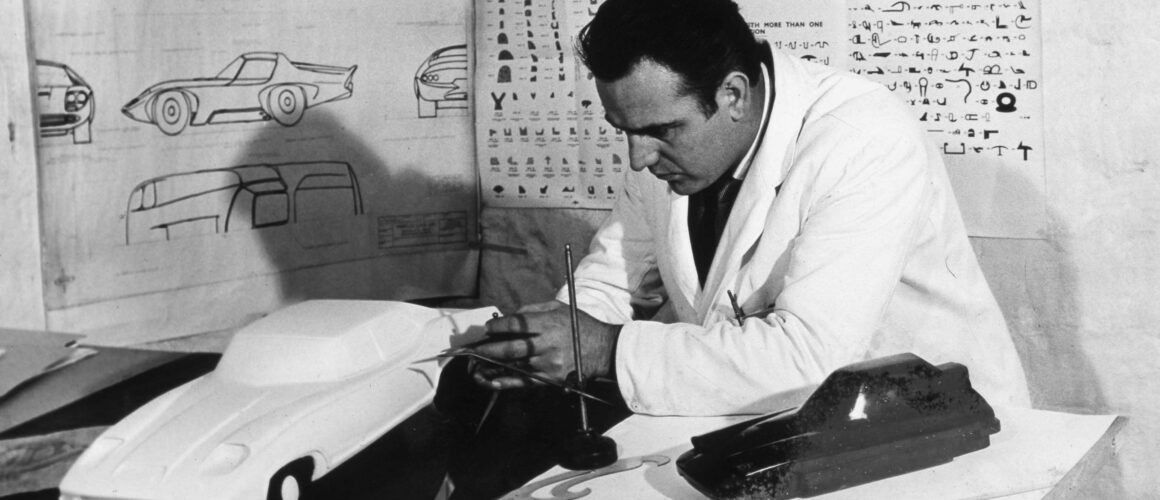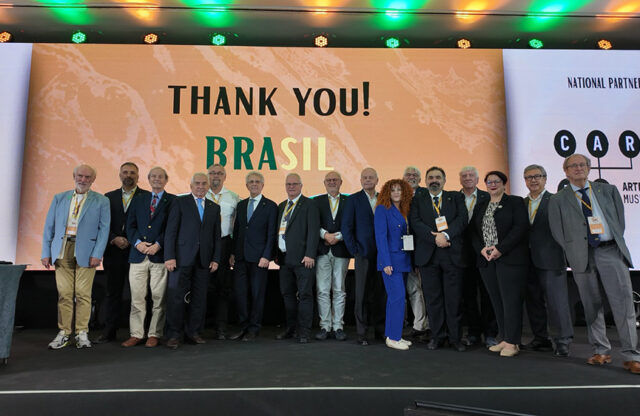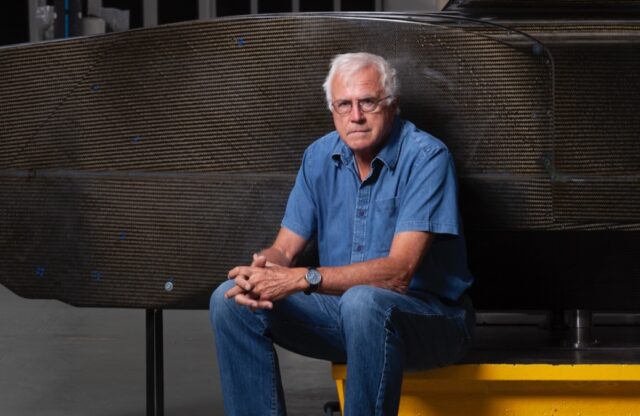Dennis Adams specialised in creating the improbable. He designed everything from a city car that could be parked on its end, to endurance racers, via luxury off-roaders and enclosed motorcycles. He found fame, but not fortune, shaping the Marcos 1800, which caused a furore when launched in 1964. He became inextricably linked with the marque thereafter. Nevertheless, this maverick artiste, who died on November 3, 2024 aged 92, was much more than just another stylist for hire. He willingly – and deliberately – eschewed mainstream acceptance.
A product of the 1950s ‘specials’ boom, Adams’ career received a boost after he met aerodynamicist/engineer Frank Costin while building chassis frames for Brian Lister. The two worked together on a new spaceframe design, but Adams was aware that his boss had become disenchanted with motor racing. As such, he told Costin that he would like to be involved in his next project, whatever it was. Costin agreed, and his next assignment was the original Marcos in 1959. However, Costin and his partner in the scheme, Jem Marsh, were both defiantly self-directed and inevitably fell out.
Dennis and his brother Peter stayed on. The siblings reworked the existing car while also embarking on a wild Chevrolet Corvair-engined machine with three-abreast seating. The latter was never complete because they downed tools to create a more ‘conventional’ model, all things being relative. This new car was a means to an end that would earn some much-needed revenue. Instead, Marcos couldn’t keep up with demand for the 1800, variations on this ‘stopgap’ being made on and off for more than 30 years.
The Adams brothers continued thereafter as a small design consultancy based in a corner of the Marcos factory in Wiltshire. There they beavered away on all manner of cars, such as a would-be Le Mans racer for Anglia Racing Developments. There was a BMC 1100/1300-based project for Autocars of Israel, and a Bentley-based coupé that remained only a model. The brothers continued to work with Marcos, though, not least with the Mantis XP racer, which Dennis disowned in later years (the same was true of the four-seater Mantis road car, which was reconfigured by former Gilbern man Brian Cunnington).

The end of the 1960s saw the brothers move to the nearby Old Forge in Bradford-on-Avon, making seed money for their own projects by producing custom wrought-iron work. At the 1969 Racing Car Show, they unleashed the Imp-engined Design Probe Number 15 (it was Adams’ 15th automotive design) which stood a mere 736.6mm (29in) off the deck. It subsequently spawned the Probe 16 and the 2001, the former earning wider notoriety following its appearance as the fictional Durango 95 in the film A Clockwork Orange. As an aside, Adams concurrently freelanced for Corgi and created a clockwork apple toy that sprouted maggots. It wasn’t adopted for production.
In the early 1970s Adams moved to the US, where he worked on all manner of projects including a Bugatti Royale replica and a petrol-electric hybrid vehicle. The American dream didn’t last, though, and he spent much of the 1980s working for Glenforme in Bristol customising Range Rovers. This culminated with the bizarre Facet off-road GT car before he went it alone, first making the Jaguar XJ-series Adams Roadster (a 1930s-style ‘neo-classic’), which was followed by the Rotrax kit car (think BMW bike meets ATV). He largely divorced himself from the car-design world in the early 1990s, preferring instead to create bespoke furniture.
While reluctant to deal with the media in his autumn years, he told the author in 2001: “I always designed fun cars and was never inspired to do a four-door saloon – where’s the fun in that? I like the idea that my designs give people pleasure, whether it’s an all-terrain vehicle or a sports car.” They did that and more.




